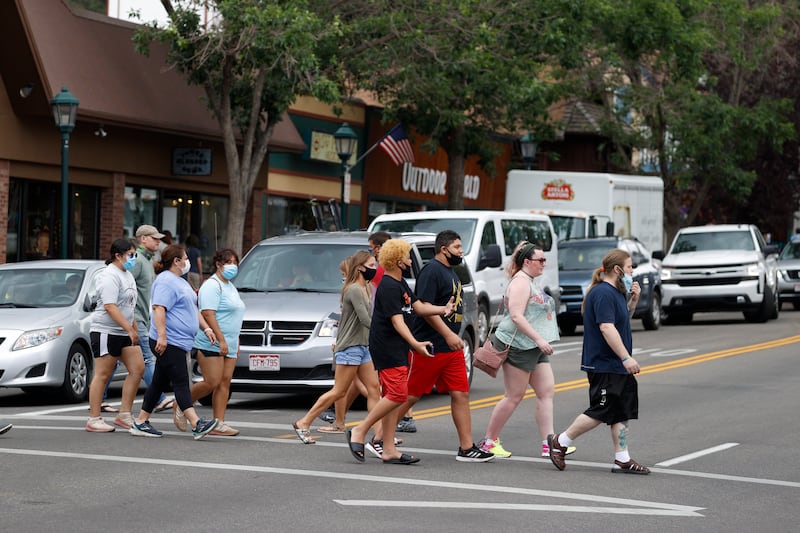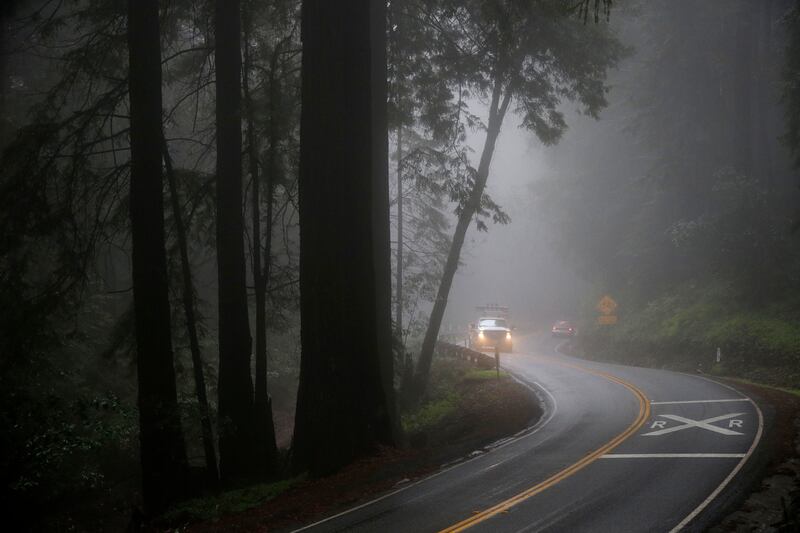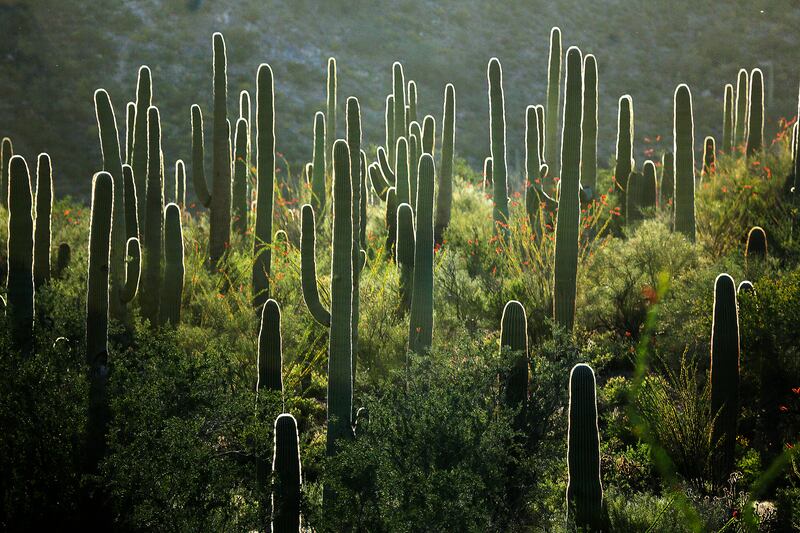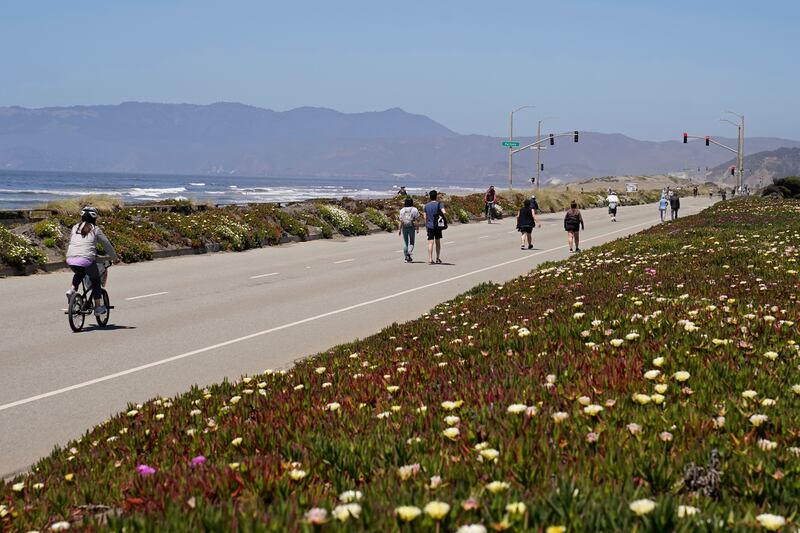The COVID-19 surges haven’t deterred travel companies and publications from releasing their top spots to visit this year.
The New York Times was among the latest to publish its recommendations earlier this month and four locales in the West made its annual “52 places” to visit in the world.
Unlike most other lists that focus on a place’s history, landscape, food or other tourist attractions, the Times selected locations where visitors could be part of the solution rather than just contribute to the problems associated with travel. such as greenhouse emissions and overcrowding delicate environments.
“This list ... highlights places where change is actually happening — where endangered wild lands are being preserved, threatened species are being protected, historical wrongs are being acknowledged, fragile communities are being bolstered — and where travelers can be part of the change,” the Times explained.
Under the title “52 places for a Changed World,” the four locations in the Western United States include:

The Great Highway in San Francisco, California
Like other urban areas around the country that transformed some of their streets into pedestrians promenades during the economic lockdown of 2020, city leaders here have tried to make that change somewhat permanent along a two-mile stretch on San Francisco’s far western edge known as the Great Highway, the Times reported.
“In an uneasy compromise, city officials reopened the highway to traffic Monday to Friday. Still, on weekends, the Great Highway has become a unique destination — in a city full of them — to take in San Francisco’s wild Pacific Ocean coastline by foot, bike, skates or scooter, sample food trucks and explore local cafes, restaurants, record stores, bookstores and more.”

The high-priced gear and necessary infrastructure development for many outdoor recreation activities has long posed an ethical dilemma for enthusiasts who identify with economic equality and conservation. For skiers who want to “shrink their carbon footprint,” the Times recommended Colorado’s Estes Park — “a ski town with no ski lifts.”
Runs created before the town’s Hidden Valley ski area closed more than 30 years ago are now the domain of backcountry skiers, who hike up the mountainsides they ski down. Snowshoeing, camping and wildlife photography are other unmechanized activities offered in the area, the Times reported.

The majestic Redwood trees in northern California have been largely spared from wildfires that have burned more than 8 million acres of the state the past five years. Under the title “Appreciating old trees on news trails after wildfires threatened their future,” the Times reported that new trails are being developed and a recent addition to the federal California Coastal National Monument, is slated to open within the next year, further protecting the area’s “rich ecology and cultural history, including ancestral sites of the Indigenous Cotoni people.”

Saguaro National Park, Arizona
At this park near Tucson, where climate change is threatening the “tall multi-limbed cactuses for which (the park) is named,” volunteers can help eradicate buffelgrass, “an invasive species that is drought-resistant and provides an outsize amount of wildfire fuel,” the Times explained. Officials are expected to reintroduce “group pulls” this year so visitors can spend a few hours uprooting the buffelgrass. “Officials are also planning to begin a program where visitors can ‘adopt’ specific areas of the park and pick buffelgrass on their own time.”
Click here to see 48 other places around the world where travelers can fit the Times’ criteria of “being part of the solution.”


